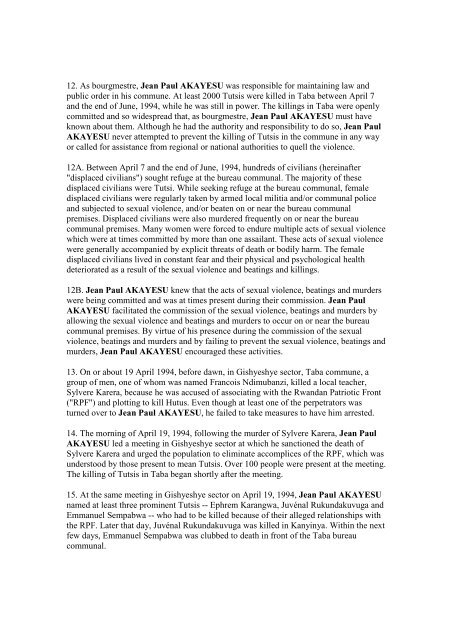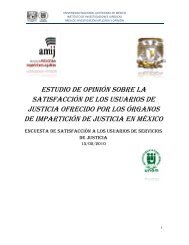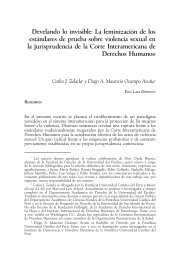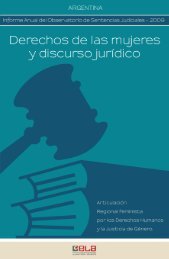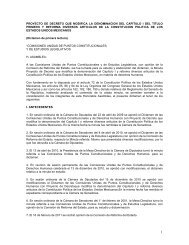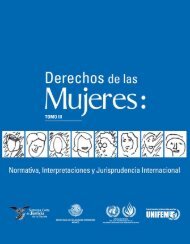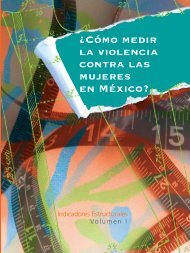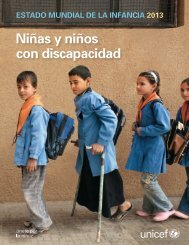Case No. ICTR-96-4-T - International Criminal Tribunal for Rwanda
Case No. ICTR-96-4-T - International Criminal Tribunal for Rwanda
Case No. ICTR-96-4-T - International Criminal Tribunal for Rwanda
- No tags were found...
Create successful ePaper yourself
Turn your PDF publications into a flip-book with our unique Google optimized e-Paper software.
12. As bourgmestre, Jean Paul AKAYESU was responsible <strong>for</strong> maintaining law andpublic order in his commune. At least 2000 Tutsis were killed in Taba between April 7and the end of June, 1994, while he was still in power. The killings in Taba were openlycommitted and so widespread that, as bourgmestre, Jean Paul AKAYESU must haveknown about them. Although he had the authority and responsibility to do so, Jean PaulAKAYESU never attempted to prevent the killing of Tutsis in the commune in any wayor called <strong>for</strong> assistance from regional or national authorities to quell the violence.12A. Between April 7 and the end of June, 1994, hundreds of civilians (hereinafter"displaced civilians") sought refuge at the bureau communal. The majority of thesedisplaced civilians were Tutsi. While seeking refuge at the bureau communal, femaledisplaced civilians were regularly taken by armed local militia and/or communal policeand subjected to sexual violence, and/or beaten on or near the bureau communalpremises. Displaced civilians were also murdered frequently on or near the bureaucommunal premises. Many women were <strong>for</strong>ced to endure multiple acts of sexual violencewhich were at times committed by more than one assailant. These acts of sexual violencewere generally accompanied by explicit threats of death or bodily harm. The femaledisplaced civilians lived in constant fear and their physical and psychological healthdeteriorated as a result of the sexual violence and beatings and killings.12B. Jean Paul AKAYESU knew that the acts of sexual violence, beatings and murderswere being committed and was at times present during their commission. Jean PaulAKAYESU facilitated the commission of the sexual violence, beatings and murders byallowing the sexual violence and beatings and murders to occur on or near the bureaucommunal premises. By virtue of his presence during the commission of the sexualviolence, beatings and murders and by failing to prevent the sexual violence, beatings andmurders, Jean Paul AKAYESU encouraged these activities.13. On or about 19 April 1994, be<strong>for</strong>e dawn, in Gishyeshye sector, Taba commune, agroup of men, one of whom was named Francois Ndimubanzi, killed a local teacher,Sylvere Karera, because he was accused of associating with the <strong>Rwanda</strong>n Patriotic Front("RPF") and plotting to kill Hutus. Even though at least one of the perpetrators wasturned over to Jean Paul AKAYESU, he failed to take measures to have him arrested.14. The morning of April 19, 1994, following the murder of Sylvere Karera, Jean PaulAKAYESU led a meeting in Gishyeshye sector at which he sanctioned the death ofSylvere Karera and urged the population to eliminate accomplices of the RPF, which wasunderstood by those present to mean Tutsis. Over 100 people were present at the meeting.The killing of Tutsis in Taba began shortly after the meeting.15. At the same meeting in Gishyeshye sector on April 19, 1994, Jean Paul AKAYESUnamed at least three prominent Tutsis -- Ephrem Karangwa, Juvénal Rukundakuvuga andEmmanuel Sempabwa -- who had to be killed because of their alleged relationships withthe RPF. Later that day, Juvénal Rukundakuvuga was killed in Kanyinya. Within the nextfew days, Emmanuel Sempabwa was clubbed to death in front of the Taba bureaucommunal.


